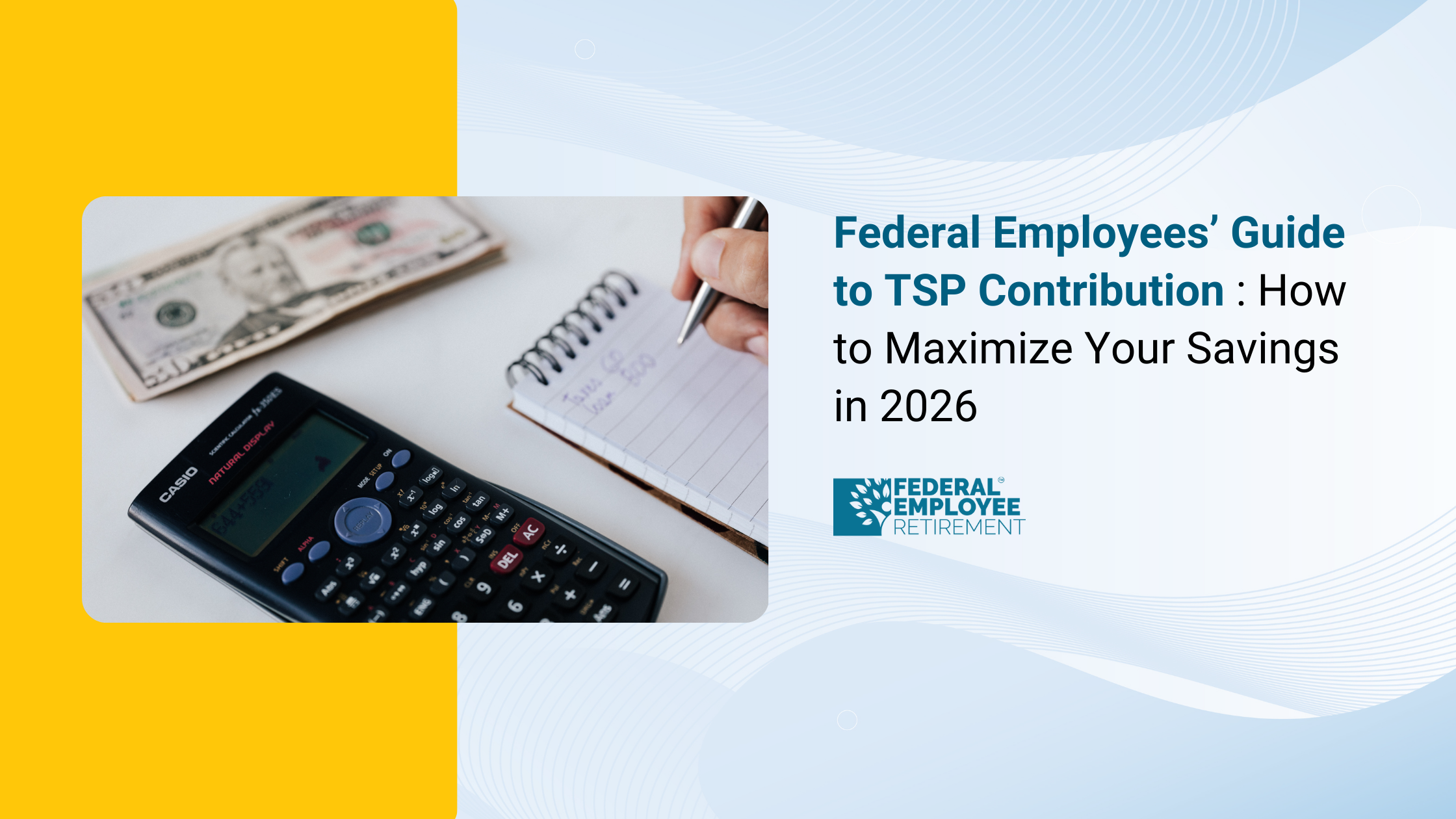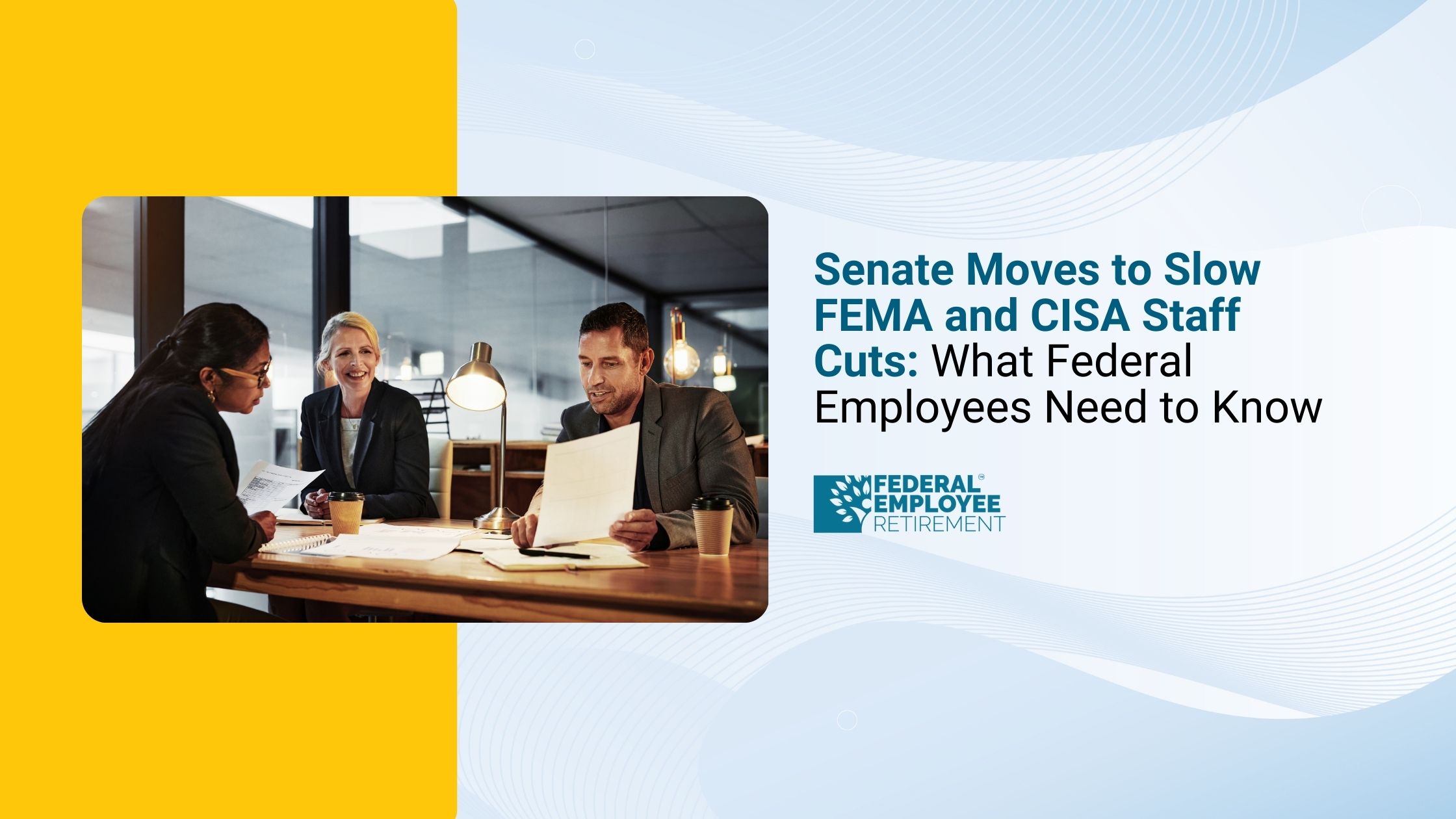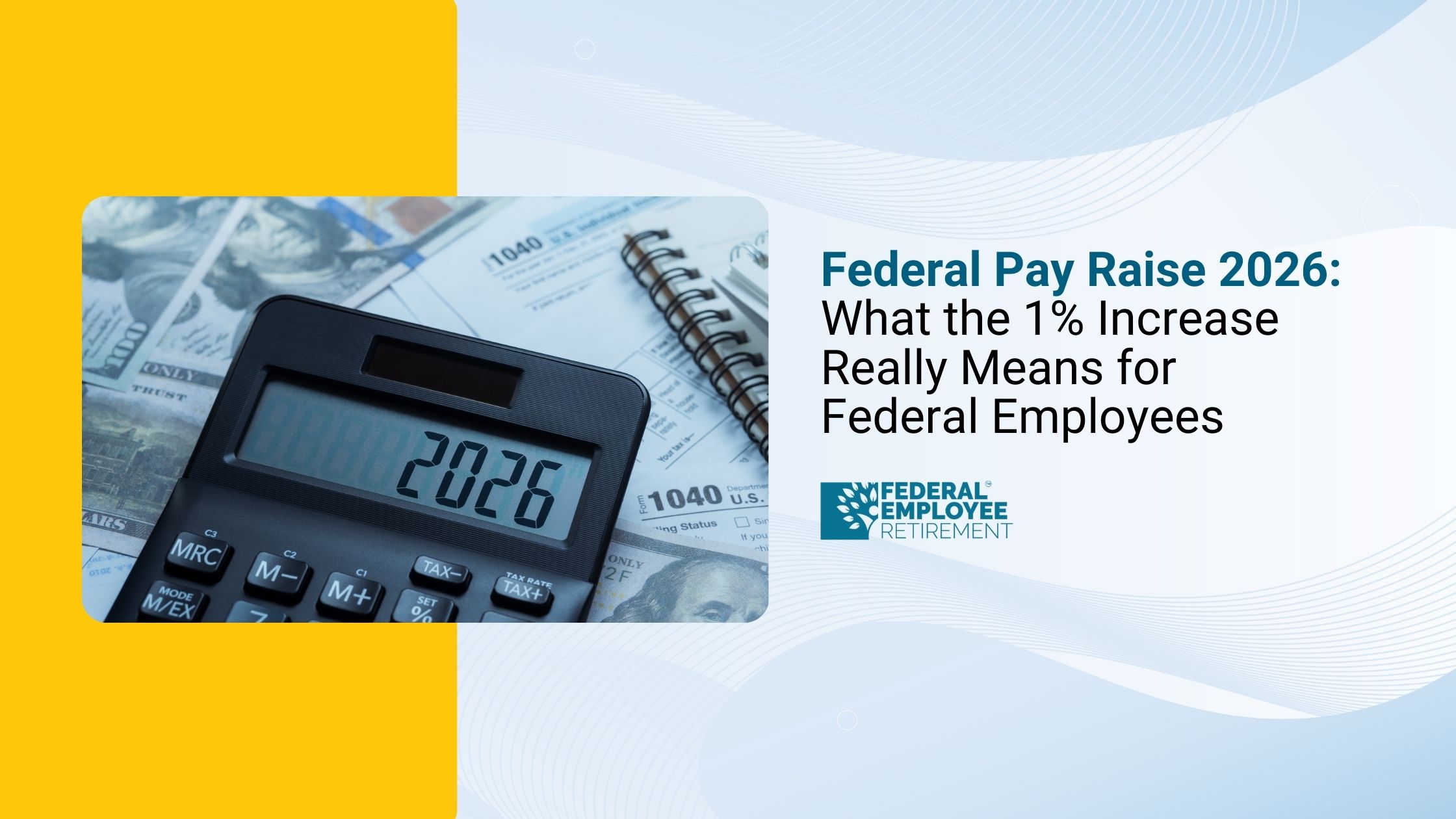You’re not alone; 4,359 federal employees booked their free review.
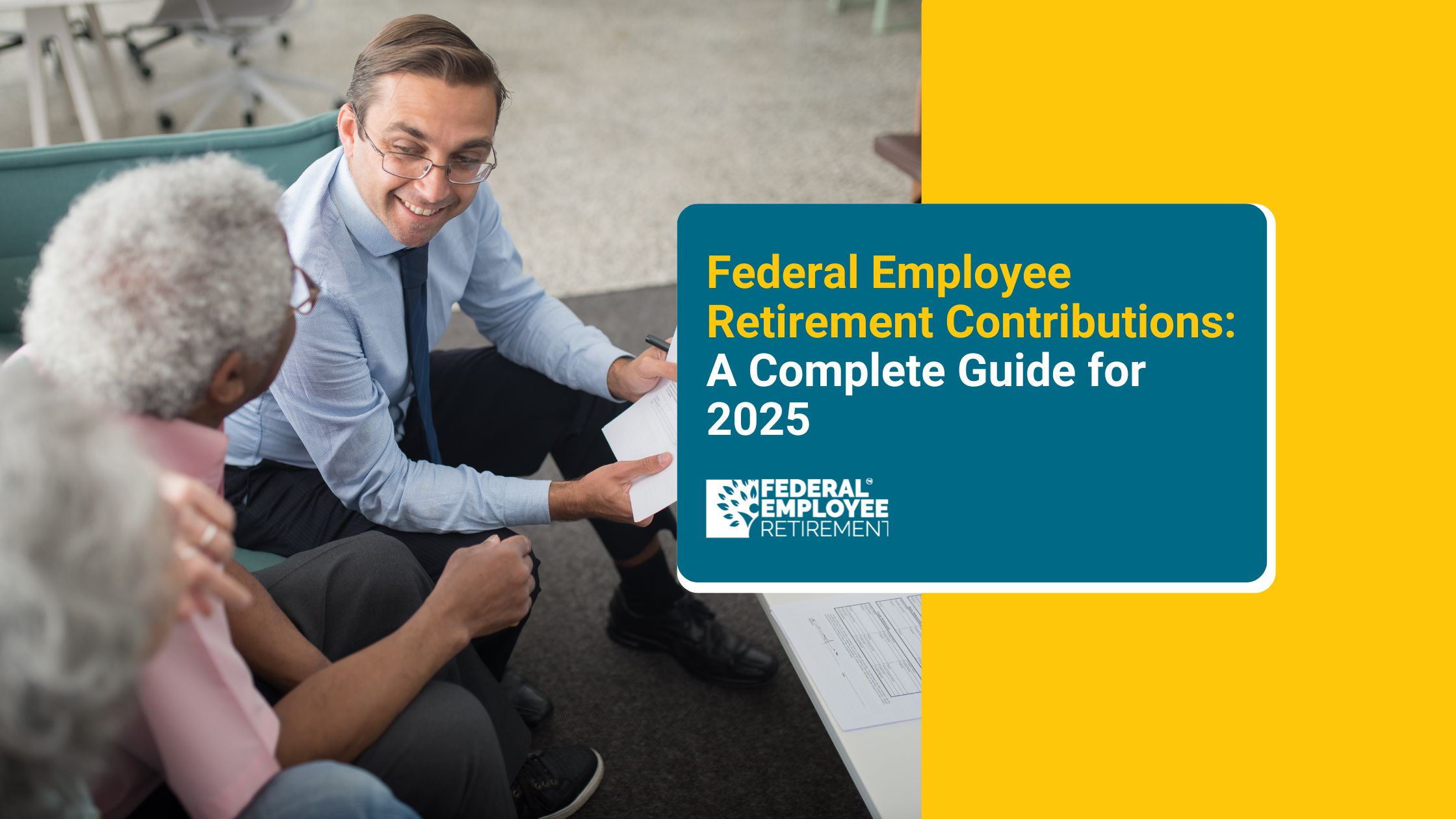
Federal Employee Retirement Contributions: A Complete Guide for 2025
Federal employee retirement contributions vary depending on the retirement system and hiring date. Under the Federal Employees Retirement System (FERS), the contribution rates are:
- 0.8% of basic pay for employees hired before 2013
- 3.1% for employees hired in 2013 (FERS-RAE)
- 4.4% for employees hired in 2014 or later (FERS-FRAE)
These contributions, made with after-tax dollars, fund the FERS defined-benefit pension. In addition, employees can contribute to the Thrift Savings Plan (TSP), a 401(k)-style plan that offers agency matching contributions to boost retirement savings.
For Civil Service Retirement System (CSRS) employees, contribution rates and rules differ, as CSRS is a separate defined-benefit plan with no TSP match but higher pension benefits.
Understanding Federal Retirement Contributions
Federal retirement systems are funded through a combination of employee contributions (a percentage of your salary) and agency contributions (paid by your employer). These contributions go toward your pension, which is guaranteed for life upon retirement, provided you meet eligibility requirements.
FERS Employee Contributions in 2025
FERS was introduced in 1987 to replace CSRS and is now the standard system for most federal employees. Under FERS, your pension is supplemented by Social Security and the Thrift Savings Plan (TSP).
FERS contribution rates vary depending on your hire date:
Example:
If you were hired in 2015 and earn $80,000 per year, you contribute 4.4% ($3,520 annually), while your agency contributes 10.9% ($8,720 annually) toward your pension.
CSRS Employee Contributions
CSRS, which predates FERS, covers employees hired before 1984 who did not switch to FERS. It provides a higher pension benefit but does not include Social Security coverage.
CSRS participants contribute more than most FERS employees, but they also receive a more generous pension formula.
Why Contribution Rates Have Changed
Contribution rates have evolved due to legislation such as the Middle Class Tax Relief and Job Creation Act of 2012, which increased contributions for new hires. These changes were designed to reduce the government’s long-term pension liability while still ensuring benefits remain fully funded.
Impact on Your Take-Home Pay
While higher contribution rates mean less in your paycheque today, they secure your future retirement income. This is especially important for federal employees who plan to stay in government service for a full career.
Quick Facts for 2025
- FERS contributions range from 0.8% to 4.4% of salary.
- CSRS contributions are 7% of salary.
- Agencies contribute an additional 8.37% to 11.3% depending on your system.
- Contributions are pre-tax, reducing your taxable income.
- The Thrift Savings Plan (TSP) offers additional retirement savings potential.
Final Thoughts
Understanding federal employee retirement contributions is the first step toward maximising your retirement benefits. Whether you’re under FERS or CSRS, your contributions combined with agency contributions form a solid foundation for your pension. By also taking advantage of the Thrift Savings Plan, you can boost your retirement security and enjoy greater financial freedom in the years ahead.
Frequently Asked Questions
1. How much do federal employees contribute to retirement?
Between 0.8% and 4.4% of salary for FERS, and 7% for CSRS, depending on your hire date and retirement plan.
2. How much does the agency contribute?
Agencies contribute between 8.37% and 11.3% of your salary in addition to your contributions.
3. Are these contributions the same every year?
Not always contribution rates can change due to legislation or funding requirements.
4. Do contributions include my TSP?
No TSP is separate. You decide how much to contribute, and your agency may match up to 5% for FERS employees.


Get Updated
Subscribe to our weekly updates for the latest on retirement planning, federal benefits, exclusive webinars, and more!
Download Federal Retirement: Step-by-step Checklist
This comprehensive guide will help you understand your federal benefits, optimize your savings, and plan for a comfortable future.

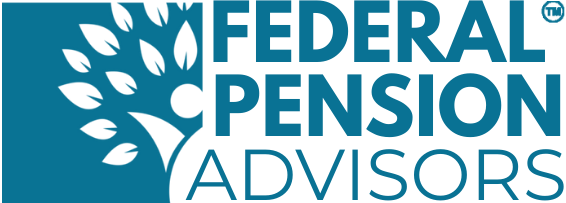

.png)




